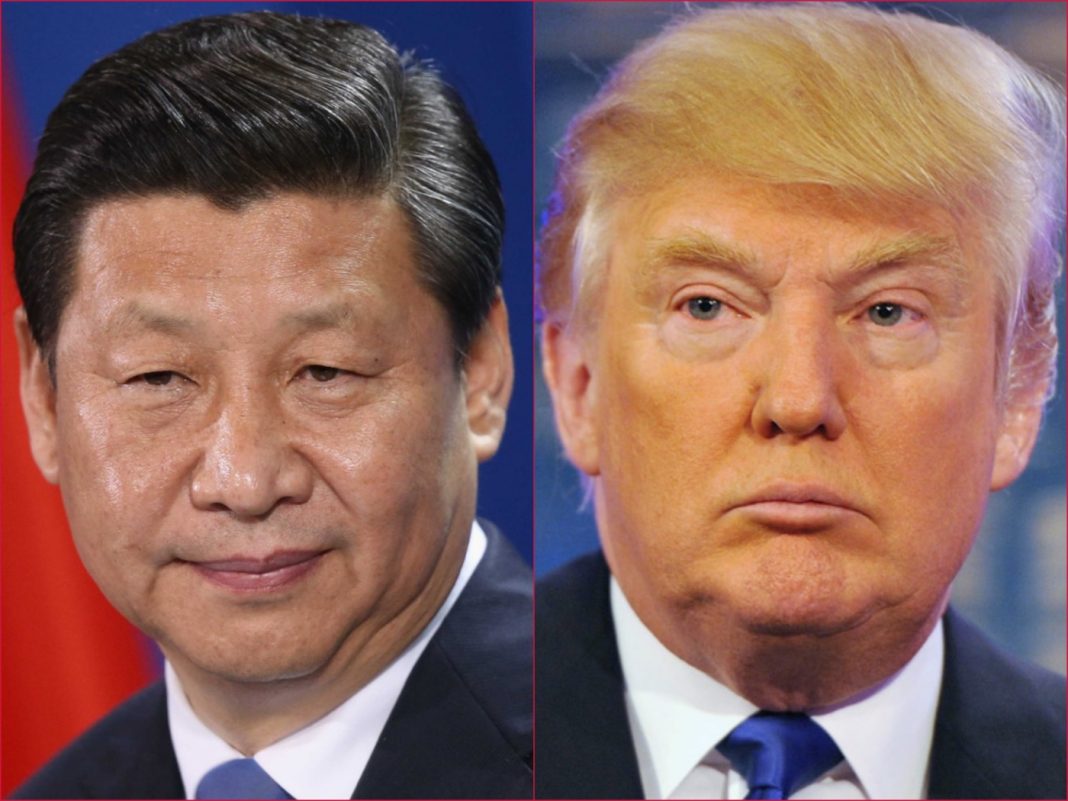BEIJING, China — In a direct response to U.S. President Donald Trump’s sweeping tariffs, China has announced it will impose an 84% tariff on U.S. goods starting Thursday, April 10, 2025, sharply escalating the global trade conflict between the two economic giants.
The Chinese finance ministry confirmed the move on Wednesday, April 9, 2025, marking a significant rise from the 34% tariffs previously set.
This new measure follows Trump’s implementation of “reciprocal” tariffs, including a massive 104% duty on Chinese imports, which began on Wednesday, April 9, 2025.
The U.S. tariffs are part of Trump’s broader strategy to counteract what he calls unfair trade practices by China.
The steep tariffs have already caused turbulence in global markets, igniting fears of a potential recession and resulting in a massive loss of value for major companies worldwide.
China has warned it is prepared to continue its retaliatory measures, stating that the U.S. trade surplus with China is an “inevitability” and reaffirming its determination to counteract Trump’s tariffs.
Chinese authorities have also expressed concern over the impact of these tariffs on global trade stability.
“China has the determination and means to continue fighting if the U.S. keeps imposing tariffs on Chinese goods,” a Chinese ministry spokesperson said.
The new tariffs come amid growing concerns about the impact of the trade war on China’s currency, the yuan.
The currency has been under heavy downward pressure, with the offshore yuan hitting record lows.
Sources told Reuters that the People’s Bank of China (PBOC) has instructed major state-owned banks to reduce U.S. dollar purchases in an effort to prevent a sharp depreciation of the yuan.
China has also sent a formal statement to the World Trade Organization (WTO), expressing “grave concern and firm opposition” to the U.S. tariffs.
The Chinese delegation warned that the tariffs threaten to further destabilise global trade, a sentiment echoed by Chinese officials and economists.
“We are facing a dangerous escalation in this conflict,” the Chinese statement to the WTO said.
“As one of the affected members, China expresses grave concern and firm opposition to this reckless move.”
Meanwhile, financial markets are feeling the effects of the trade tensions.
The S&P 500 has suffered its deepest loss since its inception in the 1950s, nearing a bear market, defined by a 20% drop from its most recent high.
U.S. Treasuries have also faced heavy losses, and the dollar has weakened against major currencies.
Despite the market downturn, President Trump has largely dismissed the financial turmoil, describing the tariffs as “permanent” and boasting that they are pressuring foreign leaders into negotiations.
Trump has also indicated that these tariffs could remain in place for the long term, signalling a prolonged trade war.
The European Union (EU) is set to approve its first countermeasures against Trump’s tariffs on Wednesday, joining China and Canada in retaliating against U.S. actions.
The European Commission has proposed additional tariffs, mostly around 25%, on a range of U.S. imports, including motorcycles, poultry, fruit, and wood.
These measures are expected to be implemented gradually.







